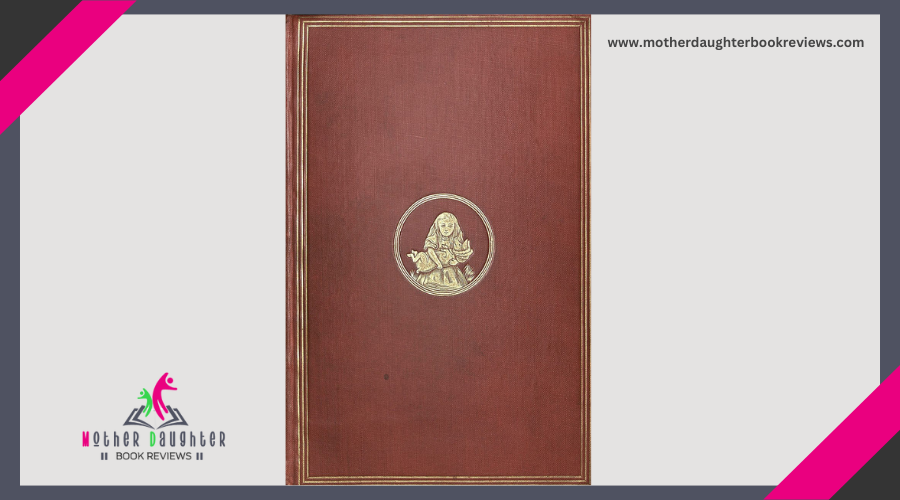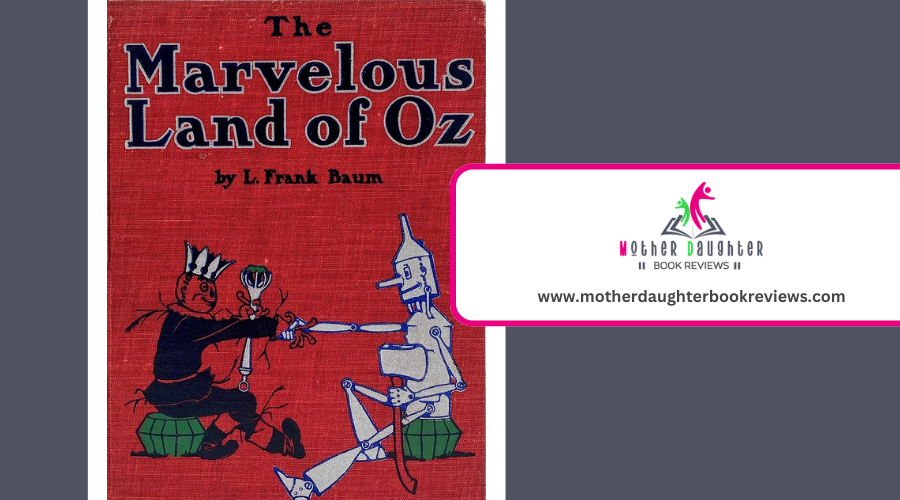Early Children's Stories of Chivalry and Adventure
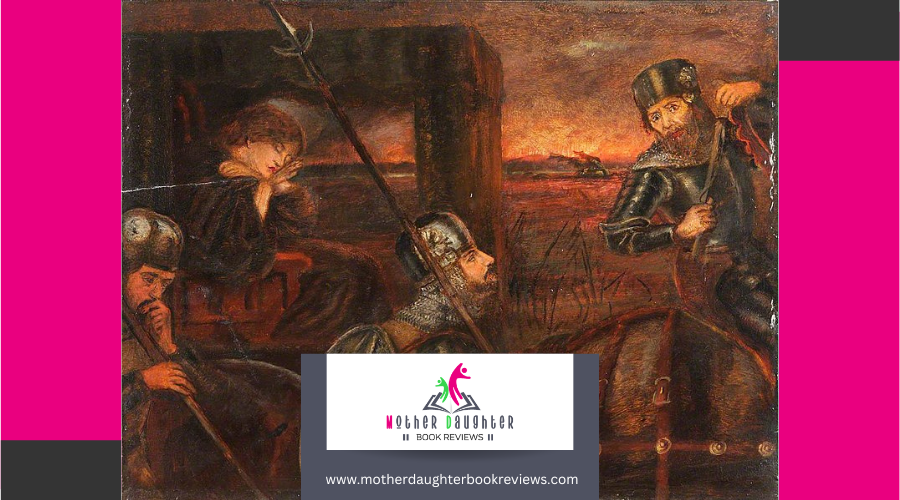
Originating from medieval traditions, these stories feature heroic knights like King Arthur and Sir Lancelot, who embody virtues like courage and loyalty. They take you on magical odysseys through enchanted forests with mythical creatures like dragons and unicorns. Rich with moral lessons, they teach that good triumphs over evil and highlight the importance of personal growth and integrity. Classic tales like "The Sword in the Stone" and "Robin Hood" continue to influence modern literature and inspire young minds. Uncover more enchanting narratives ahead.
Origins of Chivalric Tales
Emerging from the medieval period, chivalric tales found their roots in the traditions of knights and their quests. As you investigate these tales, you'll notice that they're deeply intertwined with the concepts of courtly love and heroic ideals. These stories were designed to inspire and entertain, teaching children about the virtues of bravery, honor, and loyalty.
You'll uncover that courtly love played a significant role in these tales. Knights often undertook dangerous quests not just for glory, but to win the favor of a noble lady. This love wasn't always about romantic fulfillment; it was more about demonstrating devotion, respect, and moral integrity. These elements made the stories fascinating for young audiences, who admired the knights' unwavering dedication.
Heroic ideals were another cornerstone. Tales of knights battling dragons, rescuing damsels, and defending the weak showcased the principles of courage and righteousness. These narratives provided a framework for understanding what it meant to be a true hero.
Legendary Knights and Heroes
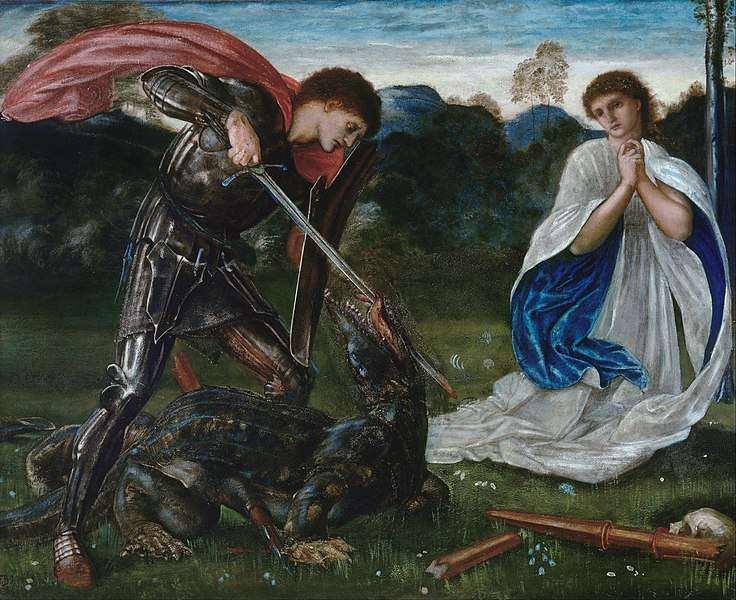
As you investigate the tales of chivalry, you'll soon meet the legendary knights and heroes who embody these virtues. Figures like King Arthur, Sir Lancelot, and Sir Gawain leap from the pages, showcasing the knightly virtues of courage, honor, and loyalty. These characters aren't just names; they're archetypes who inspire young readers to dream of bravery and noble deeds.
King Arthur, for instance, exemplifies leadership and fairness. His heroic quests often revolve around uniting people and fighting for justice. Sir Lancelot, though flawed, displays unmatched valor and a deep sense of duty. His tales often highlight the complexities of loyalty and love. Sir Gawain, another iconic figure, shines in stories where honesty and humility save the day.
These knights set off on heroic quests, facing dragons, giants, and other formidable foes. Their adventures teach lessons about perseverance and the importance of upholding one's values, even in the face of overwhelming odds. By immersing yourself in their stories, you'll find that these legendary knights and heroes are more than just characters—they're timeless symbols of the virtues that define true heroism.
Magical Realms and Quests
Step into the enchanting domains where knights commence on their legendary quests, and you'll find yourself surrounded by magical territories brimming with wonder and mystery. Picture enchanted forests that whisper ancient secrets through rustling leaves, where paths twist and turn in unexpected ways, leading to hidden glades and mystical clearings. These forests are home to mythical creatures that challenge and assist our brave heroes.
Imagine dragons with scales that shimmer like jewels, guarding riches and testing the courage of any knight who dares to approach. Unicorns, symbols of purity and grace, offer their guidance through perilous terrains, while fairies, with their delicate wings and enchanting spells, provide aid in times of dire need. Each creature adds a layer of fascination to the knight's quest, making the expedition unpredictable and thrilling.
As you explore deeper into these stories, you'll encounter magical domains that defy the ordinary. Castles float in the sky, guarded by griffins, and rivers run with liquid gold, promising both peril and reward. Every quest becomes a tapestry woven with bravery, magic, and the eternal struggle between good and evil, drawing you into a world where anything is possible.
Moral Lessons in Storytelling
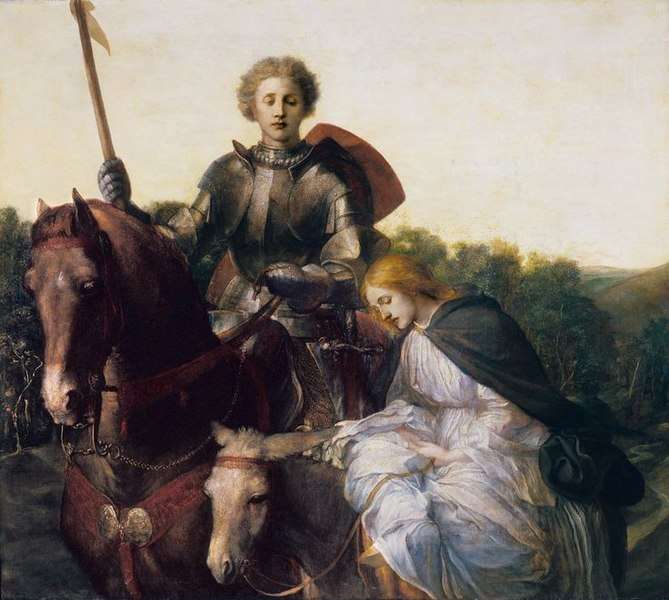
Countless children's stories of chivalry and adventure don't just entertain; they also impart valuable moral lessons. When you immerse yourself in these tales, you find ethical storytelling at its finest, where good triumphs over evil and the virtues of bravery, honesty, and kindness are celebrated. These stories often highlight the importance of doing the right thing, even when it's difficult or dangerous.
By focusing on character development, these tales help you understand the significance of personal growth and integrity. For instance, a knight who starts as brash and selfish may learn humility and selflessness through their expedition. This transformation isn't just about the character; it's a lesson for you to reflect on your own actions and choices.
Ethical storytelling in these narratives encourages you to think critically about your values and behavior. When heroes confront moral dilemmas, you see the consequences of their decisions, which can guide you in making better choices in real life. Fundamentally, these stories aren't just about knights, dragons, and quests; they're about teaching you how to be a better person through engaging and memorable adventures.
Influence on Modern Literature
The moral lessons found in children's stories of chivalry and adventure have a lasting impact, shaping not just young minds but also the works of modern literature. These stories often focus on virtues like bravery, honor, and loyalty, which serve as a foundation for character development in contemporary narratives. When you're reading modern novels, you can often spot protagonists who echo the knights and heroes of old tales, facing trials that test their integrity and courage.
In terms of narrative structure, early tales of chivalry and adventure laid the groundwork for the classic hero's quest that you see in countless modern books and films. These stories typically follow a clear path: a call to adventure, a series of trials, and a final, triumphant return. This structure keeps you, the reader, engaged and invested in the protagonist's quest.
Celebrated Stories and Authors
Many of history's celebrated stories and authors have left indelible marks on children's literature through their tales of chivalry and adventure. Think of the timeless themes found in works like "The Sword in the Stone" by T.H. White, where young Arthur's expedition embodies courage, honor, and destiny. White's narrative has captivated generations, teaching valuable lessons while sparking imaginations.
Another classic is "Robin Hood" by Howard Pyle, a tale rich in adventure and moral complexity. Pyle's enchanting illustrations breathe life into the legendary outlaw's exploits, making the story accessible and exciting for young readers. His work combines vivid imagery with robust storytelling, ensuring its place in the pantheon of children's literature.
Don't overlook the contributions of authors like C.S. Lewis, whose "Chronicles of Narnia" series blends chivalric elements with fantasy. The timeless themes of bravery, sacrifice, and friendship resonate deeply, while the enchanting illustrations by Pauline Baynes offer readers a visual feast.
Conclusion
Early children's stories of chivalry and adventure provide a captivating blend of heroic deeds, magical realms, and timeless moral lessons. Rooted in medieval traditions, tales of knights like King Arthur and Sir Lancelot continue to inspire through their unwavering courage, loyalty, and honor. These narratives, rich with enchanted forests, mythical creatures, and epic quests, not only entertain but also impart valuable lessons about integrity, personal growth, and doing what is right.


